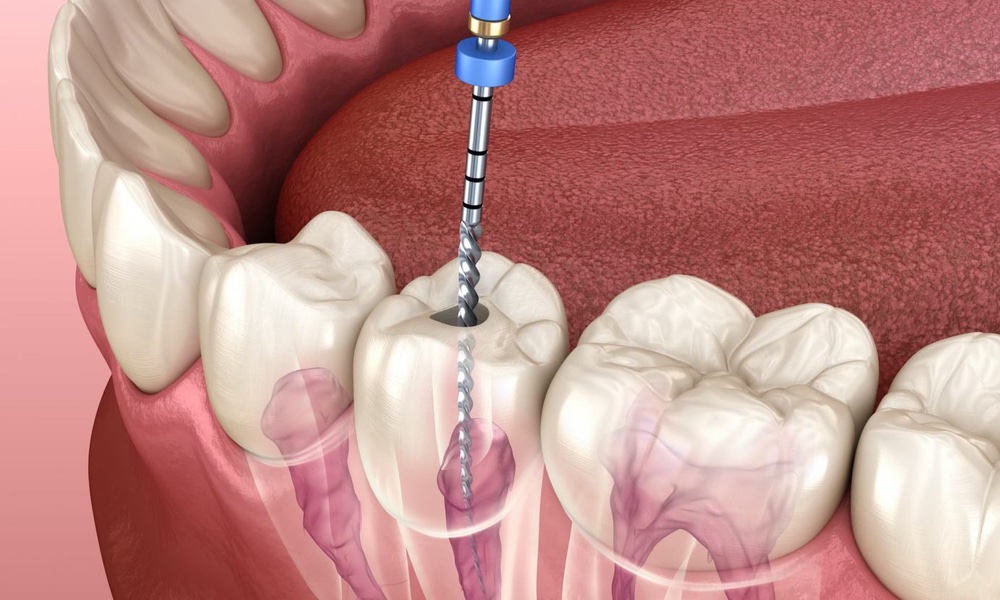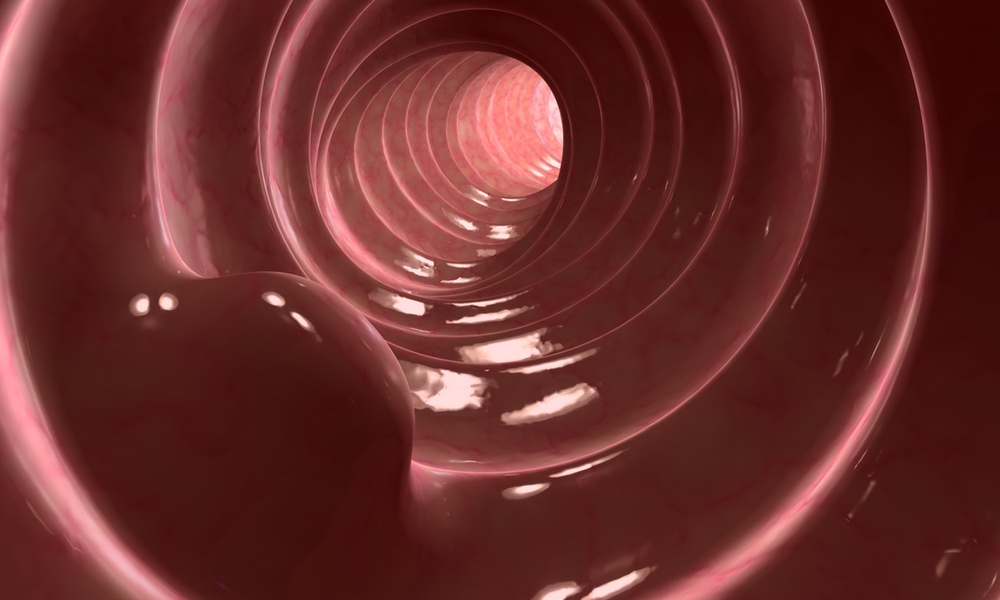Even the needle phobic may benefit from acupuncture, according to a new study suggesting the benefits of the alternative medicine practice for patients with low back pain may be unrelated to the act of piercing the skin.
Interestingly, however, the type of acupuncture treatment received did not significantly affect the results.
In 638 patients with chronic low back pain, eight to ten acupuncture sessions improved symptoms and function at eight weeks and function at one year significantly more than in a control group that received only the "usual care" provided by their doctors. The findings were published in the May 11 issue of the Annals of Internal Medicine.
One week after completion of the seven−week treatment protocol, acupuncture patients rated their "symptom bothersomeness" as improved by at least 1.6 points out of 10, while usual care patients' improvement averaged just 0.7 points. At the same time, acupuncture patients reported functional improvements of 4.4 to 4.5 points (out of 23) as opposed to 2.1 points for the usual care group. After one year, the functional gap was smaller (3.6−4.8 for acupuncture and 3.1 for usual care) but was still statistically significant.
"This study suggests that acupuncture is about as effective as other treatments for chronic back pain that have been found helpful," said Daniel C. Cherkin, PhD, a senior investigator at Group Health Center for Health Studies in Seattle and lead author of the study. "But we found that simulated acupuncture, without penetrating the skin, produced as much benefit as needle acupuncture − and that raises questions about how acupuncture works."
One possibility is that tactile stimulation, with or without penetration, plays a role in alleviating pain. Another possibility is that other aspects of the acupuncture "experience," such as the interaction between practitioner and patient, predispose patients to positive outcomes.
Those given acupuncture reported significantly less medication use than those given usual care, suggesting that acupuncture could help minimize adverse events related to the long−term drug use that is relatively common in those with chronic pain. But the drug−related cost savings seen in the study was not enough to offset the cost of the 8 to 10 acupuncture sessions, which the authors estimated at $600 to $1200.




